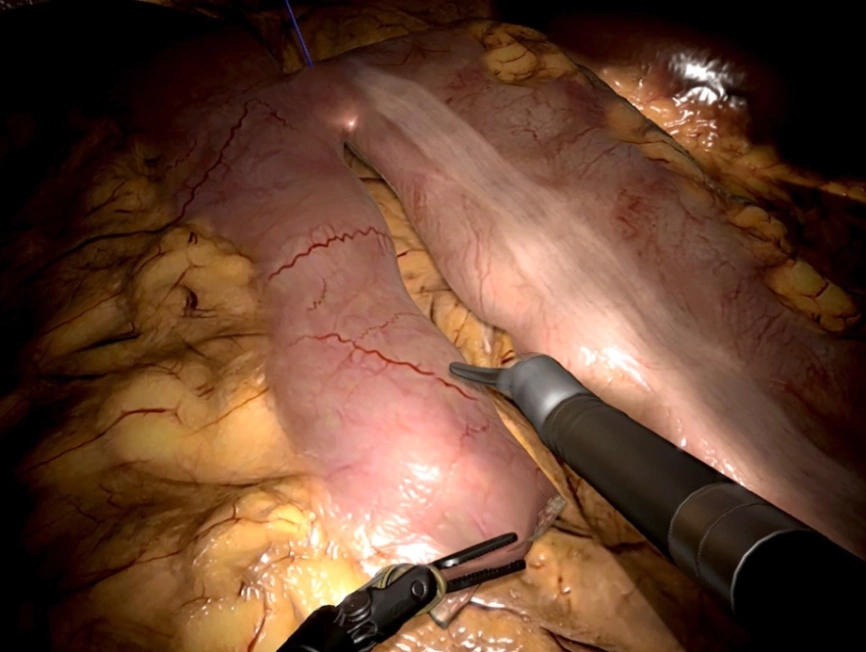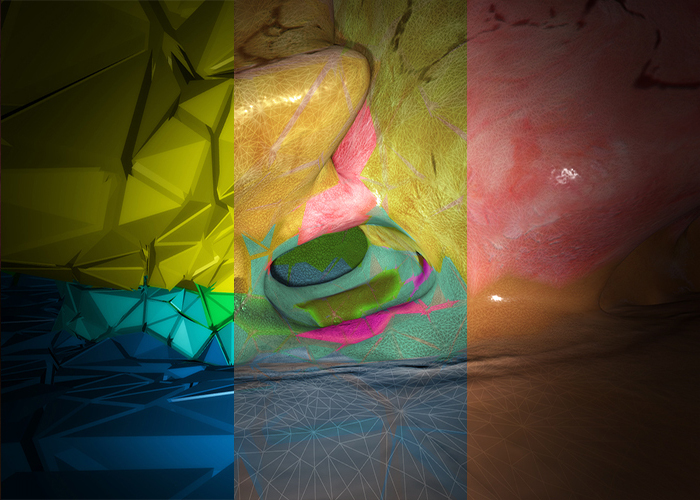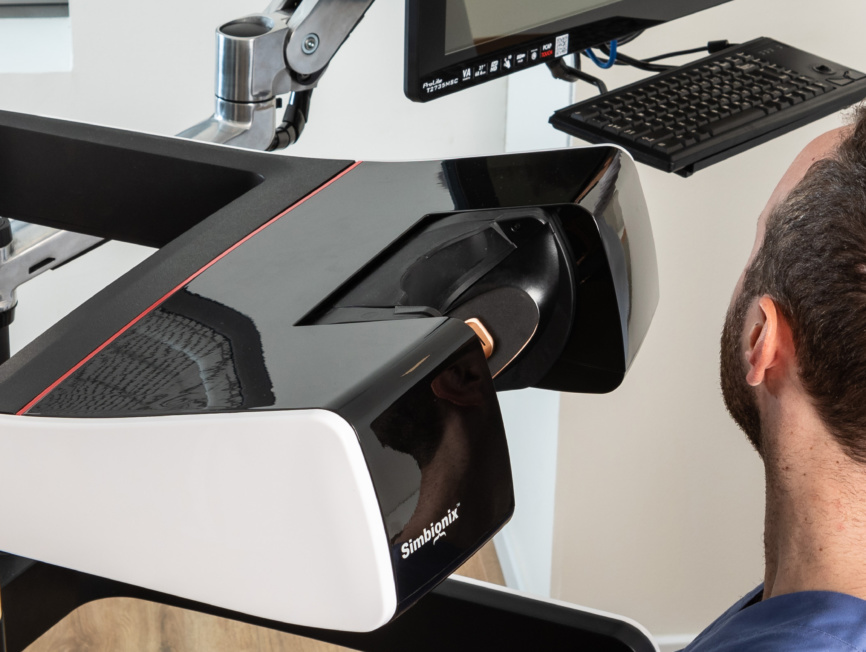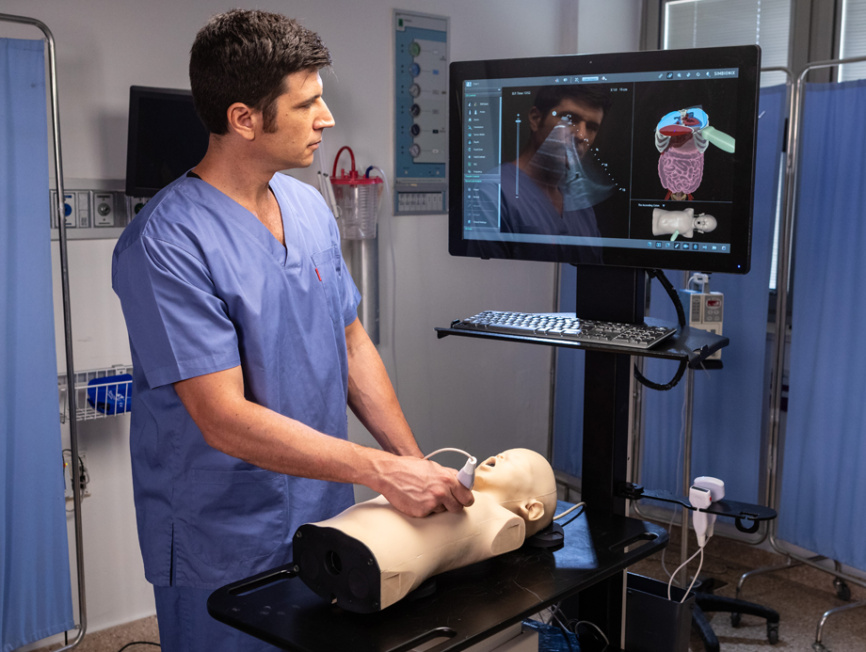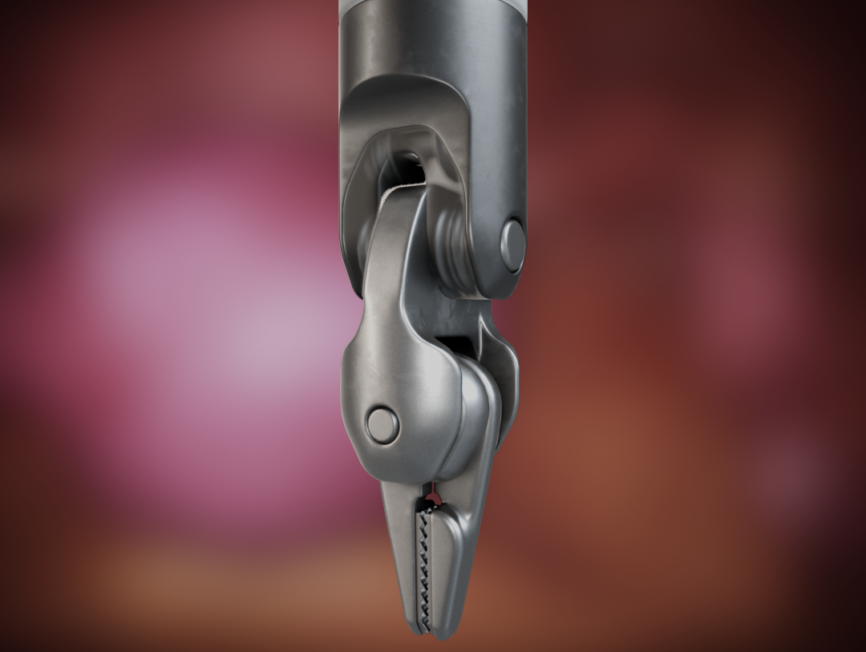
Hardware and Original Instrument Integrations
Whatever your hardware integration requirements may be, we have probably already done it!
We have developed solutions integrated with the surgeon console and medical devices for the highest fidelity user experience. We develop stand-alone simulation solutions for greater training accessibility, and we can provide portable solutions for taking your training and demos on the road.
Our software and hardware engineers are ready to integrate our technology to meet your needs.

